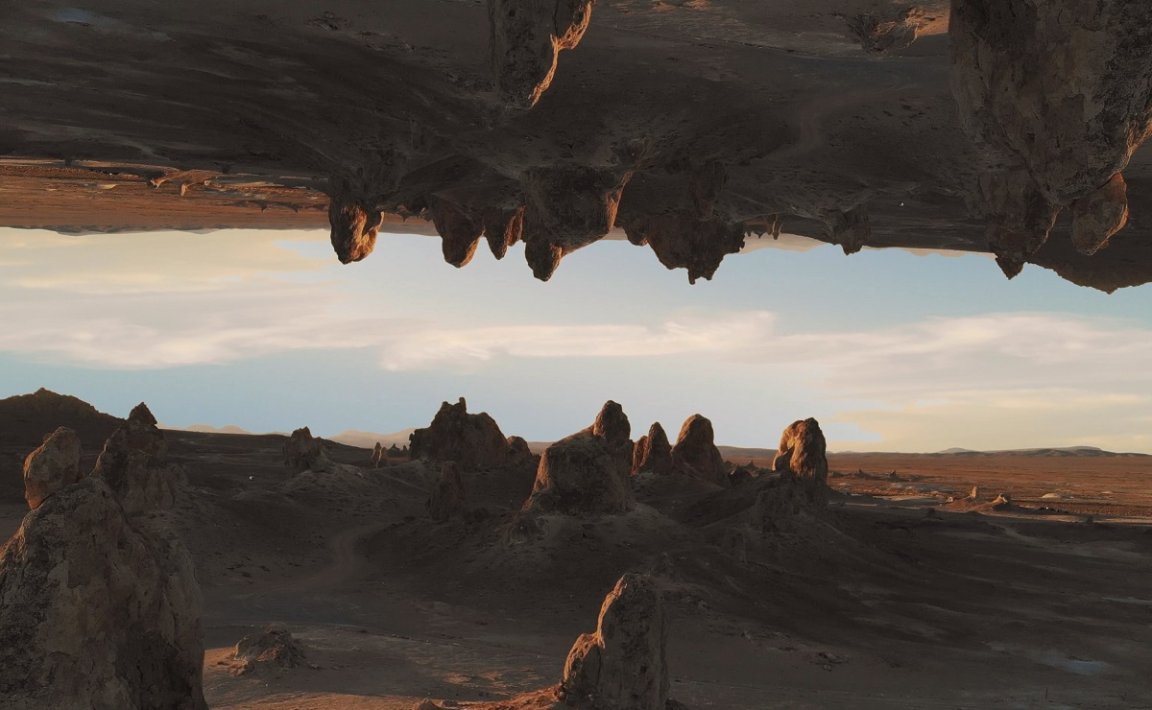
Reflection Night
Our understanding of the universe, as advanced as it is, remains riddled with paradoxes and huge question marks. Physicists have come up with some pretty heady ideas to explain them — we’ll get to those later — but there just might be a far “simpler” solution to all those holes in cosmology.
As Higgs Chair of Theoretical Physics at the University of Edinburgh Neil Turok explains in an essay for The Conversation, there could be a “mirror” universe that existed before the Big Bang and is a reflection of our own, moving backward in time.
It’s a trippy concept to wrap your head around, but simpler on the physics side of things. It would neatly balance out some of the asymmetries we observe in the universe, provide an answer to dark matter, and supplant some of what Turok would characterize as clumsier leading theories in cosmology, like cosmic inflation and string theory.
“Picturing the big bang as a mirror neatly explains many features of the universe which might otherwise appear to conflict with the most basic laws of physics,” wrote Turok, who published his team’s findings in the journal Annals of Physics. “The progress we have already made convinces me that, in all likelihood, there are alternatives to the standard orthodoxy — which has become a straitjacket we need to break out of.”
Symmetry Gimmickry
The physical laws of the universe should exhibit charge, parity, and time reversal — collectively known as CPT — symmetry, which essentially means every physical interaction can be mirrored. So to break down its implications: every particle should have an anti-particle of the opposite charge, every space has its inversion, and time can be reversed.
Except that’s not what we actually observe. Time only goes forward, and there are more particles than anti-matter particles. As far as we can tell, our universe is not symmetrical.
But: “Our mirror hypothesis restores the symmetry of the universe,” Turok argued. He compared it to looking at your reflection: “The combination of you and your mirror image are more symmetrical than you are alone.”
Extrapolating our universe backward in time through the Big Bang, “we found its mirror image, a pre-bang universe in which (relative to us) time runs backward and antiparticles outnumber particles,” Turok wrote.
Slow and Smooth
This could also solve the mystery of dark matter, an invisible substance thought to make up 85 percent of all matter in the universe. Under the mirror hypothesis, weak, subatomic particles called neutrinos would be the ideal candidate to explain it.
Since we’ve only observed left-handed neutrinos, perhaps yet-unseen right-handed could even exist in the mirror universe.
What’s more, this could also tidily explain why the universe appears to be so uniform and flat. The prevailing theory is that a period of accelerated, faster-than-light expansion called cosmic inflation was responsible for shaping how the universe is today — but we’re yet to observe the large gravitational waves this would have produced.
With a handy mirror universe, however, “statistical arguments explain why the universe is flat and smooth and has a small positive accelerated expansion, with no need for cosmic inflation,” Turok wrote.
Of course, there’s a lot more needed to bear out this intriguing hypothesis. But Turok argues that, even if disproven, it demonstrates that there could be more straightforward explanations than what the Standard Model offers.
More on cosmology: The Early Universe Was Absolutely Littered With Black Holes, Scientists Find